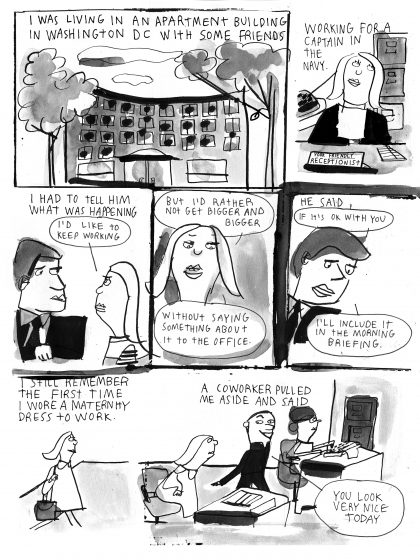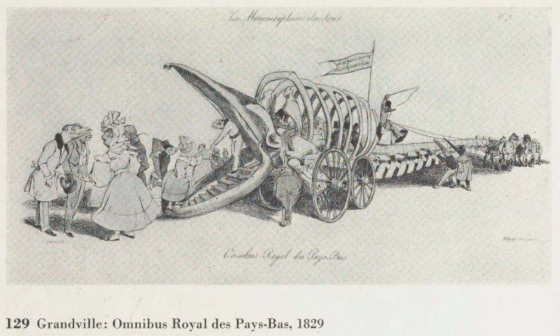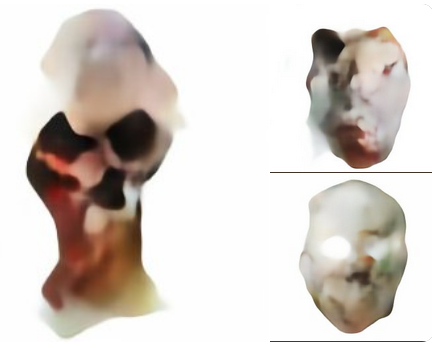Katie Fricas, Kim Jooha/Conor Stechschulte, ‘Endless Enigma’, AI Halloween
—————————————————————————————————

Via Whit Taylor at Pen America:
I selected cartoonist Katie Fricas to create an original comic for Illustrated PEN because of her unique approach to the medium. Fricas’s autobiographical work regularly addresses the complexities of gender, sexuality, culture, and agency with a smart, quirky, and often humorous storytelling style.
—————————————————————————————————
Comics consist of discrete units (panels), and we assume that these separate units (panels) are related to each other. We suppose that the similar image that appears in the later or previous panel refers to the same object. This is the principle of comics reading as the dialectic of repetition and difference as Thierry Groensteen argued in The System of Comics (1999). The reader creates a continuous story out of the discrete units. Christmas in Prison, with its aforementioned self-reflexive instruments, questions this principal assumption of comics. Our habit of finding sameness among different images as a comics reader deludes us to look for the sameness that does not exist, just as the book at the end of Christmas in Prison is not Christmas in Prison. It is an illusion.
—————————————————————————————————

Endless Enigma: Eight Centuries of Fantastic Art
This show closed this past weekend, but there’s a good deal of info about it online. It’s based on this MoMA show from 1936.
The exhibition will provide a unique opportunity to examine affinities in intention and imagery between works executed across a broad span of time. Organized into six themes—Monsters & Demons, Dreams & Temptation, Fragmented Body, Unconscious Gesture, Super Nature, and Sense of Place—Endless Enigma will explore the ways in which artists have sought to explain their world in terms of an alternate reality, drawn from imagination, the subconscious, poetry, nature, myth, and religion. Works on view range from gothic gargoyles; masterworks from the fifteenth and sixteenth centuries by a contemporary follower of Hieronymus Bosch, Piero di Cosimo, and Titian; seventeenth- century paintings by Jan Brueghel the Younger and Salvator Rosa; eighteenth-century works on paper by Francisco de Goya and Giovanni Battista Piranesi; nineteenth-century works by William Blake, James Ensor, Gustave Moreau, and Odilon Redon; and works from the twentieth century to the present day by Eileen Agar, Francis Alÿs, Michaël Borremans, Louise Bourgeois, Giorgio de Chirico, Joseph Cornell, Salvador Dalí, Marcel Dzama, Max Ernst, Leonor Fini, Alberto Giacometti, Robert Gober, Alfred Kubin, Sherrie Levine, René Magritte, Kerry James Marshall, Roberto Matta, Francis Picabia, Pablo Picasso, Sigmar Polke, Man Ray, Kay Sage, Yves Tanguy, and Lisa Yuskavage, among other artists.

—————————————————————————————————

To create them, he used what’s called a generative adversarial network (GAN) to recognize patterns in data such as Halloween masks – [Matt] Reed fed his computer thousands. The AI then tried to create its own that would fit the pattern, supposedly getting better over time.
“What’s so scary or unsettling about it is that it’s not so detailed that it shows you everything,” Reed told New Scientist. “It leaves just enough open for your imagination to connect the dots.”
—————————————————————————————————